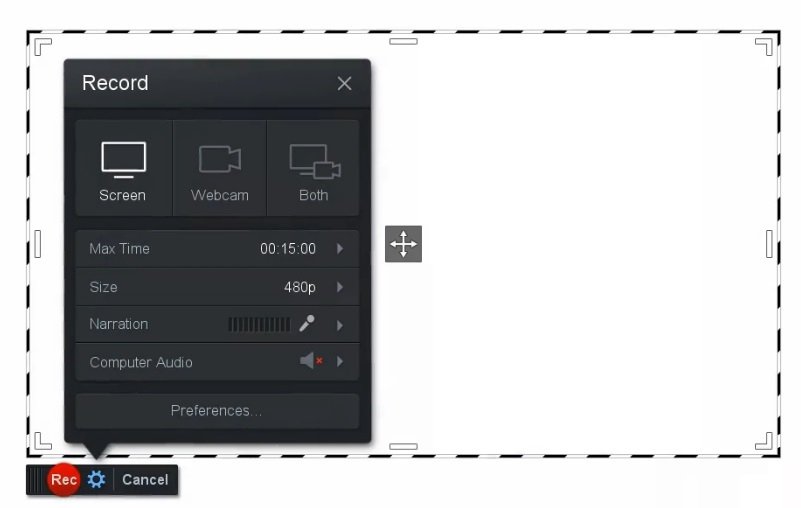
As these platforms each require a fairly substantial financial investment and a steeper learning curve (especially for individuals and small organizations), many screencasters are turning to free tools, which are evolving to add features to their basic versions. Of the latter, Camtasia (a product of TechSmith) and Captivate (a product of Adobe) are the best-known. There are many options for screencasting tools, both free platforms offering basic features and paid platforms with greater complexity and sophistication. They can also demonstrate a reproducible path through a resource, including mouse movements, choices and locations of user options on a page, changing to other screens, etc. Screencasts of a library resource can be watched at any time, watched multiple times, and adapted to varying learning styles and needs. Since the 2020 pandemic, however, screencasting has come into its own as librarians, instructors, and others seek avenues for connecting with their users in asynchronous and hands-on modes to improve online learning while libraries are closed.

Screencasting has been used mainly for library instruction and communications and has been a valuable tool for pedagogies involving microlearning (content delivered in small portions). An excellent early guide by tech guru Greg Notess, Screencasting for Libraries, was released in 2012.

Screencasting, defined as creating a video recording with or without audio of real-time actions and/or content on a computer screen, has been of interest to libraries for some time now.


 0 kommentar(er)
0 kommentar(er)
